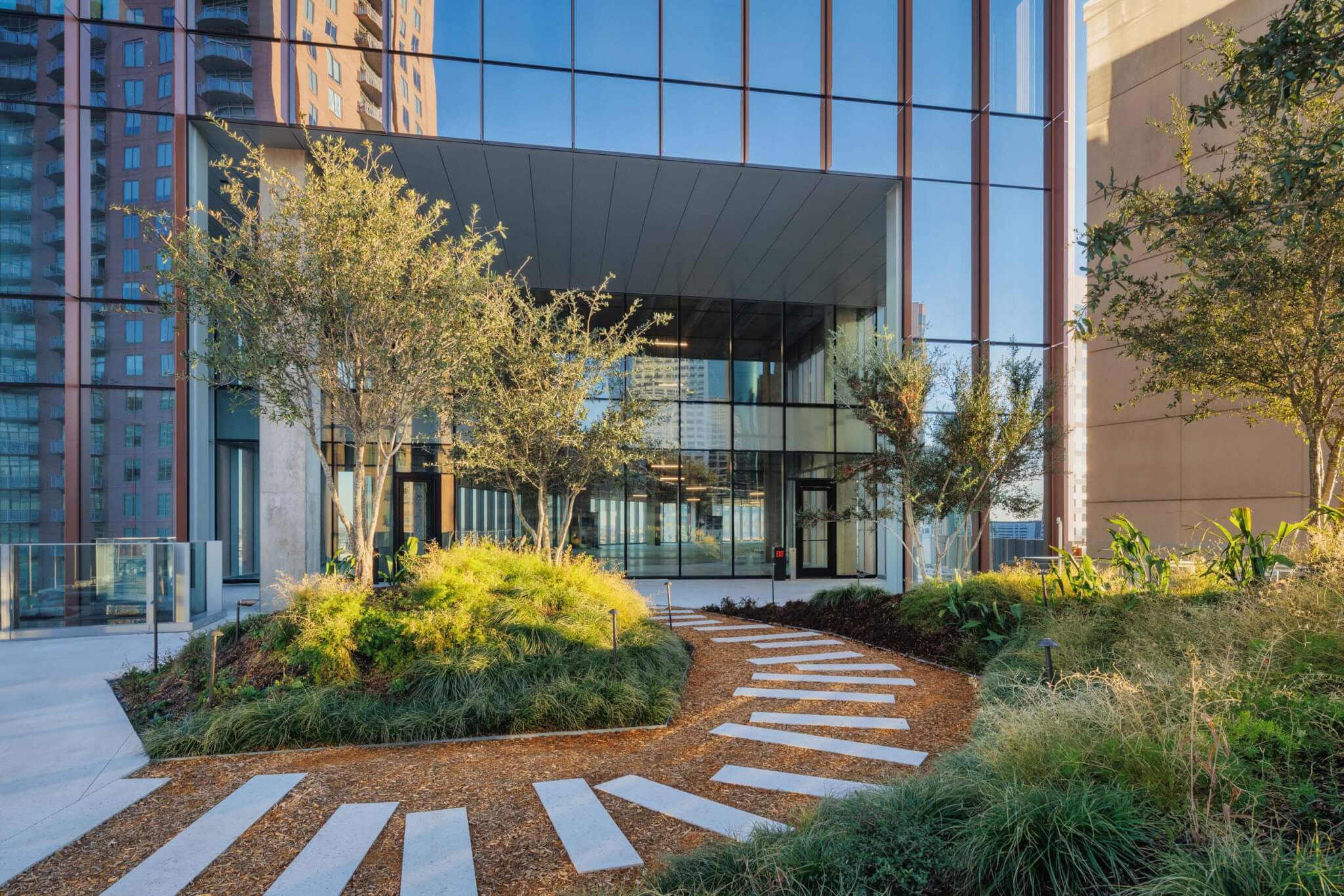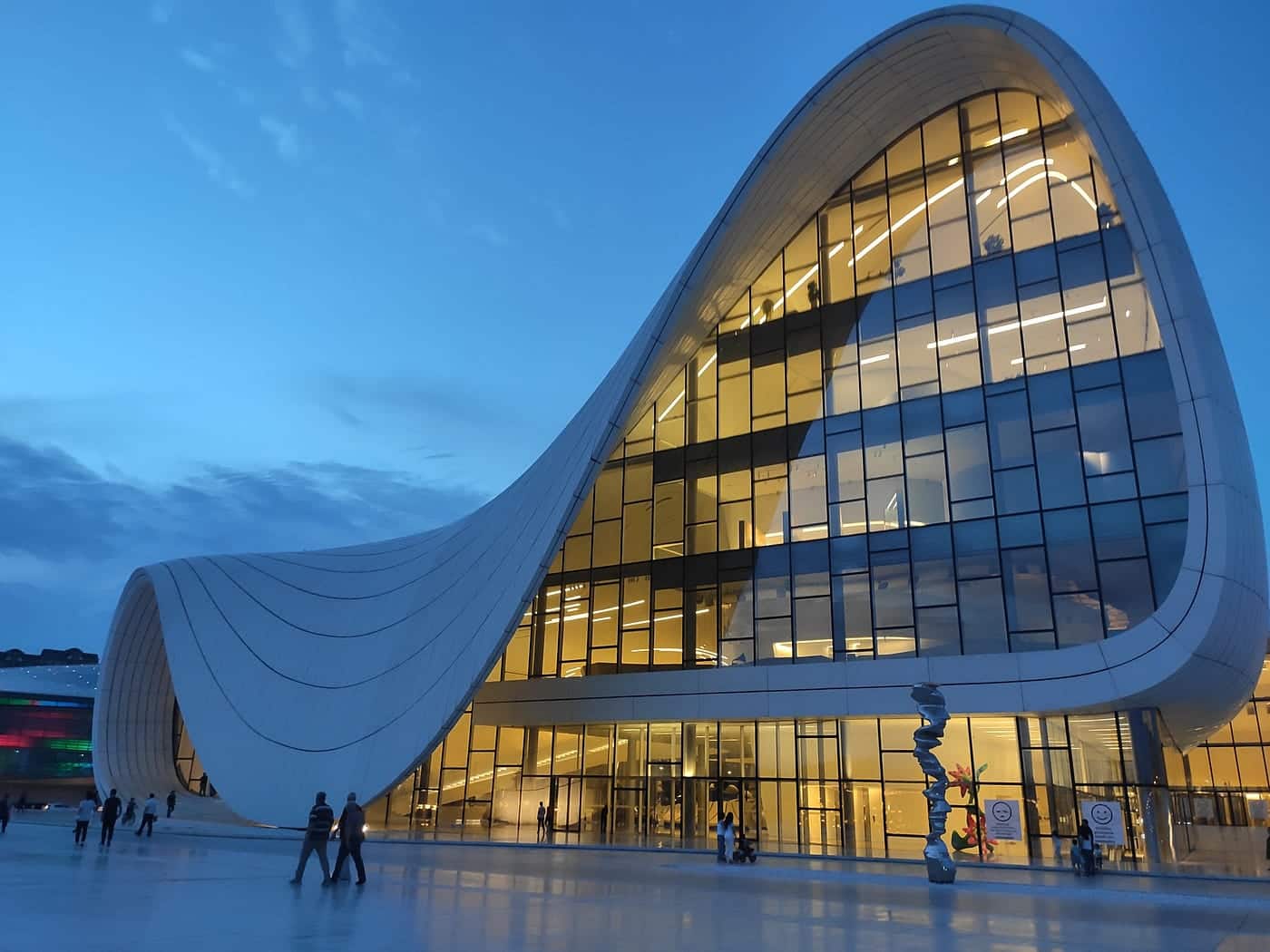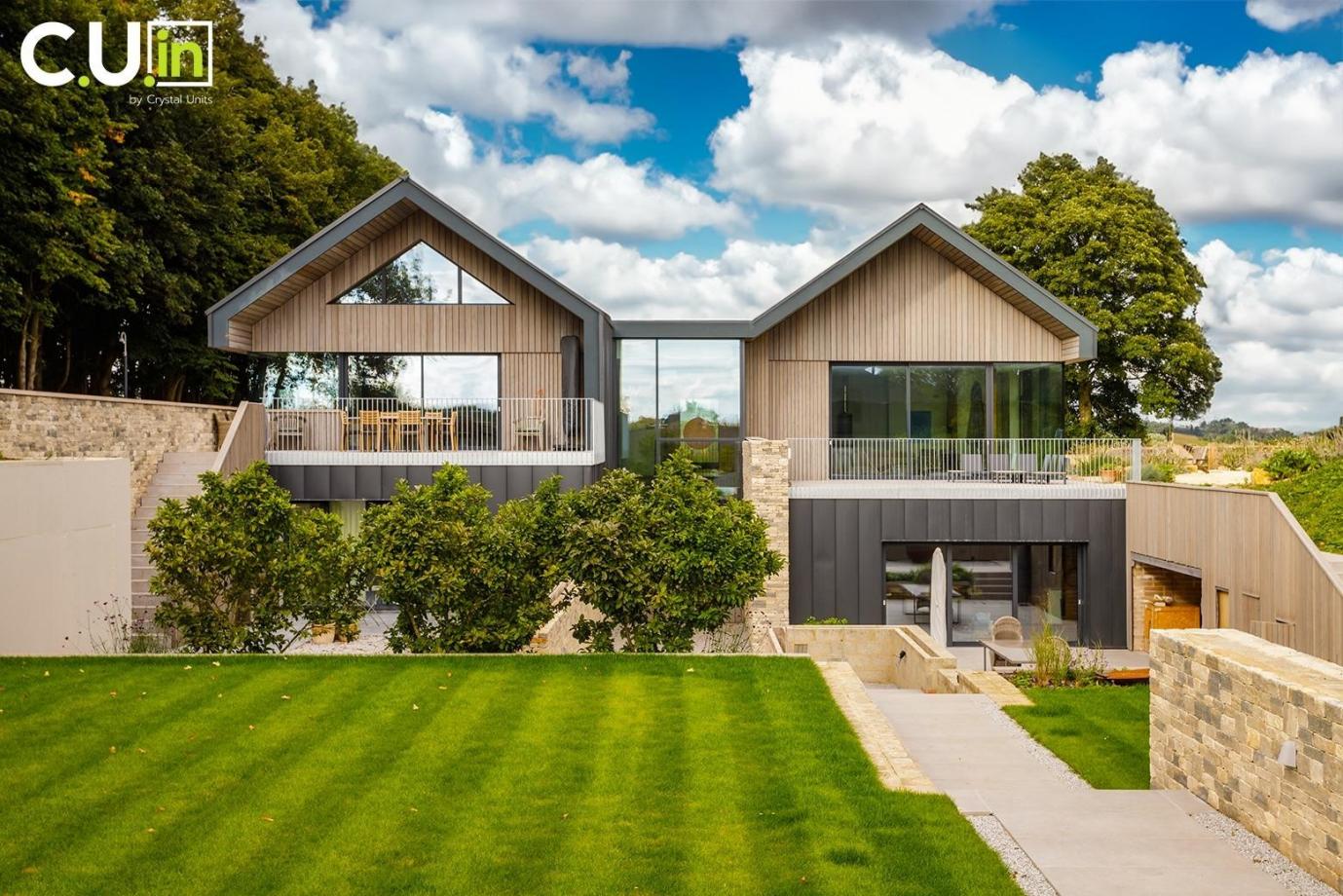Houston, TX Leads the Way in Sustainable Design Ideas
Sustainability has become a cornerstone in urban planning and architecture, driven by the need to address environmental challenges and foster communities that prioritize ecological health. Houston, TX has become a leader in this movement, integrating sustainable design principles across its metropolis.
Recognizing the importance of sustainable development, Houston’s initiatives reflect a dedication to environmental stewardship, setting industry benchmarks and inspiring cities worldwide to adopt similar practices.
This article describes the progress designers in Houston TX have made in integrating sustainability into its urban planning.
With a focus on innovation and progress, we will explore the transformative green building practices that have become popular in the city, the improvement of public transportation and bike infrastructure, the strategic development of parks and green spaces, the effective implementation of water conservation strategies, and the key role of community engagement in fostering a culture of sustainability.
The ensuing discourse explores the details of Houston’s sustainable journey, highlighting the various strategies that support the city’s commitment to development.
Green Building Initiatives
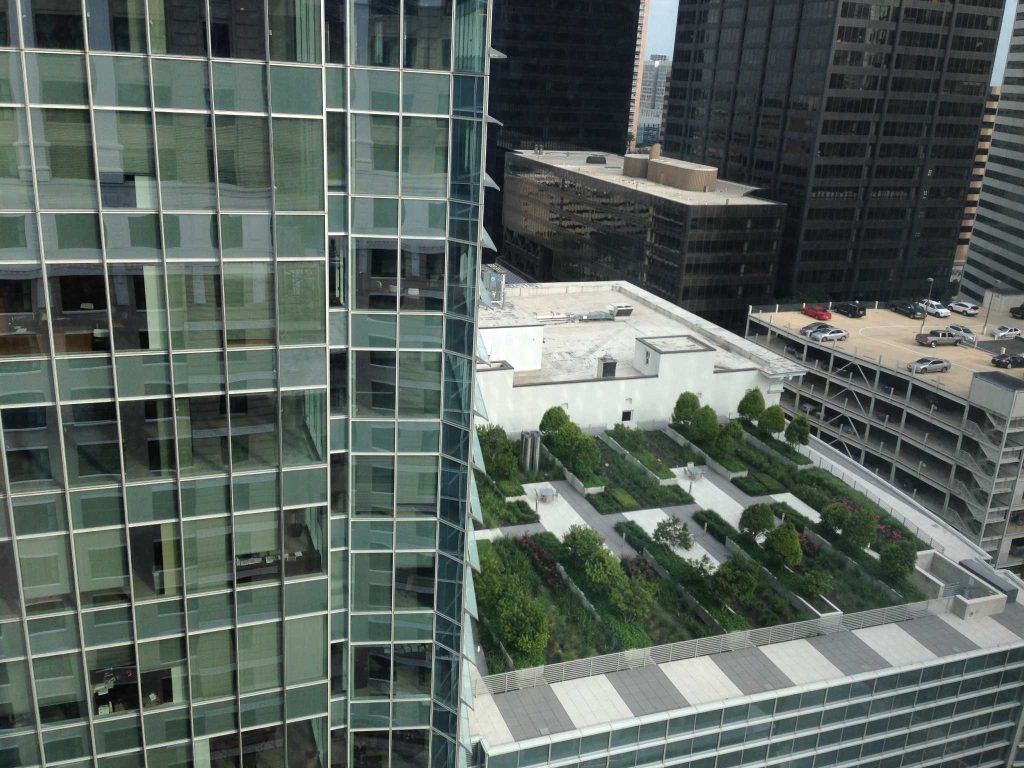 The city of Houston is a lead innovator in sustainable construction practices, thus setting new standards for eco-friendly construction. An increase in the adoption of LEED certification signifies a major step forward in reducing ecological impacts of urban development, with local governments and policymakers actively promoting the inclusion of sustainable features in construction projects.
The city of Houston is a lead innovator in sustainable construction practices, thus setting new standards for eco-friendly construction. An increase in the adoption of LEED certification signifies a major step forward in reducing ecological impacts of urban development, with local governments and policymakers actively promoting the inclusion of sustainable features in construction projects.
A strategy of central focus is the implementation of high-efficiency, energy-conserving systems aimed at reducing electricity consumption. This includes the construction of green roofs, which offer a natural solution to the urban heat island effect.
Green roofs provide a layer of vegetation that absorbs sunlight, provides insulation, and releases moisture into the air during photosynthesis, creating a cooling effect.
Further, prioritizing the use of recycled materials can greatly reduce the construction industry’s carbon footprint. This sustainable roofing choice can significantly lower urban temperatures and reduce energy consumption.
Public Transportation and Bike Infrastructure
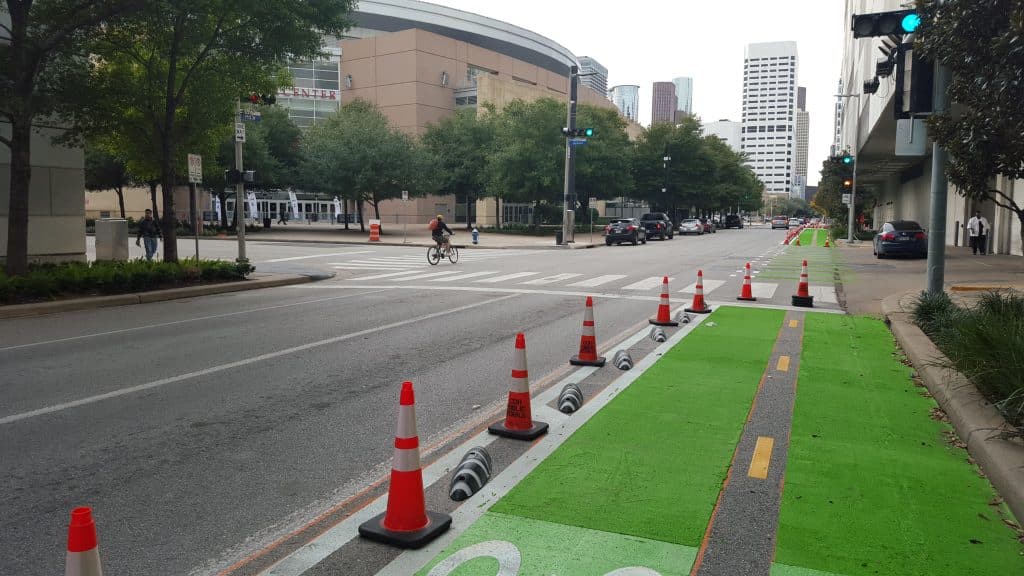 Houston is moving forward with its commitment to sustainability by increasing its public transportation network and enhancing facilities for cyclists.
Houston is moving forward with its commitment to sustainability by increasing its public transportation network and enhancing facilities for cyclists.
The city’s actions have led to the addition of more buses, creation of new bus routes, and the inauguration of a user-friendly bike-sharing program aimed at improving mobility.
Commuters are now discovering more cycling paths, equipped with safety measures, that connect important areas of the city, making for a safer and more enjoyable ride.
This growth in infrastructure is intended to serve a swelling population that aims to lower their use of cars, thus diminishing traffic jams and air pollution.
Houston’s initiatives in expanding its transportation options stand as a representation of its broader environmental responsibility, in line with its strategy to reduce carbon emissions and support healthier, cleaner ways of getting around.
These steps have shown the city’s forward-thinking approach to adopting various modes of transportation, offering inhabitants alternative, environmentally friendly ways to travel.
Park and Green Space Development
Houston has made expanding and improving parks and green spaces a key focus. These new green areas play a critical role in cleansing the air, providing recreational spaces for residents and boosting local biodiversity.
Turning empty lots into lively community gardens and creating urban forests in the midst of the city are examples of Houston’s green initiatives. City leaders are protecting future green spaces by including them in the regulations for new developments.
Houston’s green spaces act as natural oases within the bustling city, striking a balance between nature and urban living, and showing the many benefits of environmentally conscious urban planning.
These efforts are associated with the city’s wider strategy to create an urban ecosystem that is good for people and wildlife alike, ensuring a sustainable and attractive cityscape for the future.
Water Conservation
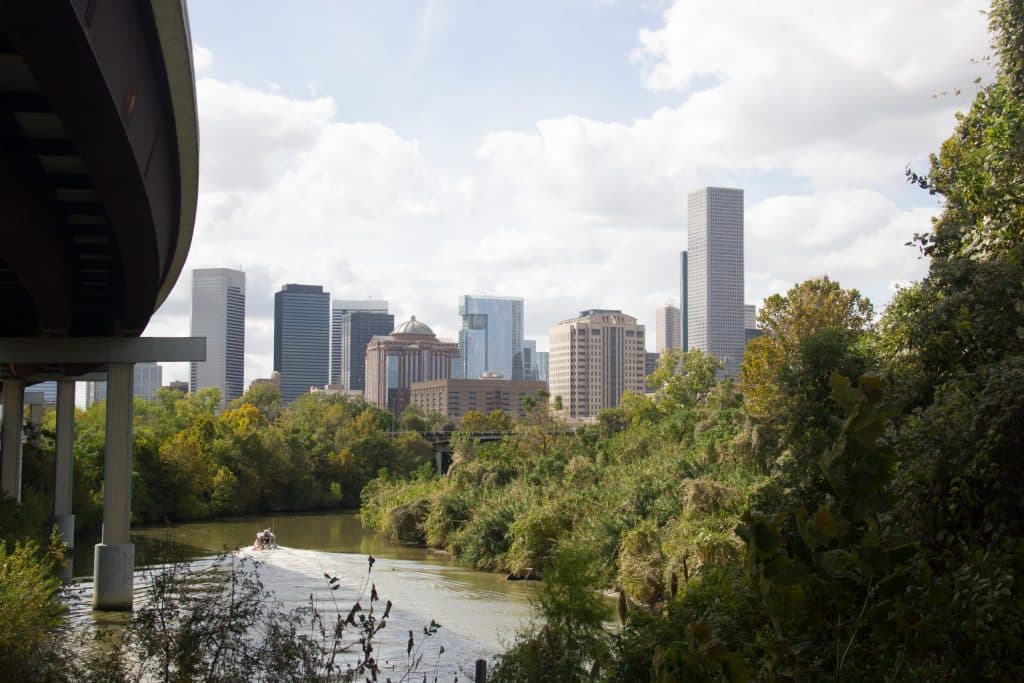 Houston is proactively addressing its environmental challenges by instituting a variety of water conservation strategies. The city has implemented rainwater harvesting systems, enabling residents and businesses to collect and reuse rainwater, creating an additional source of water and lowering the reliance on the city’s water supply.
Houston is proactively addressing its environmental challenges by instituting a variety of water conservation strategies. The city has implemented rainwater harvesting systems, enabling residents and businesses to collect and reuse rainwater, creating an additional source of water and lowering the reliance on the city’s water supply.
The use of permeable paving helps to reduce the city’s flooding issues by enabling rainwater to soak into the ground, recharging groundwater supplies and reducing runoff.
In landscaping, Houston encourages water-saving practices, such as choosing drought-tolerant plants and efficient irrigation methods, to keep landscapes green while conserving water.
These initiatives show Houston’s extensive strategy for water conservation, aimed at protecting its water resources from both oversupply and shortage, emphasizing the city’s commitment to long-term environmental sustainability and infrastructure resilience.
Community Engagement and Education
The city of Houston is committed to engaging its citizens in the quest toward sustainability. Through a variety of educational initiatives that include workshops, seminars, and community outreach, Houston is increasing environmental awareness among its residents.
By providing essential tools and knowledge, these programs empower individuals to make more eco-friendly choices in their daily lives.
The goal is not only to inform but to inspire action as well, promoting a collective effort toward sustainable living. This commitment to community involvement shows Houston recognizes the role informed citizens play in the success of its environmental objectives.
A Commitment to Community
Houston, TX stands out with its all-encompassing, innovative strategies for sustainable development that intertwine a resilient, green urban scenery.
Features include LEED-certified buildings that set new industry benchmarks, improved public transport to reduce car dependency, abundant parks and green spaces that support biodiversity, as well as water conservation efforts to address flooding and drought. The city’s educational and community engagement initiatives promote a culture focused on environmental responsibility.
Together, Houston’s diverse sustainability programs not only improve quality of life for residents and serve as a model for other cities seeking to integrate sustainability into their development, thereby paving the way for a more sustainable future worldwide.

